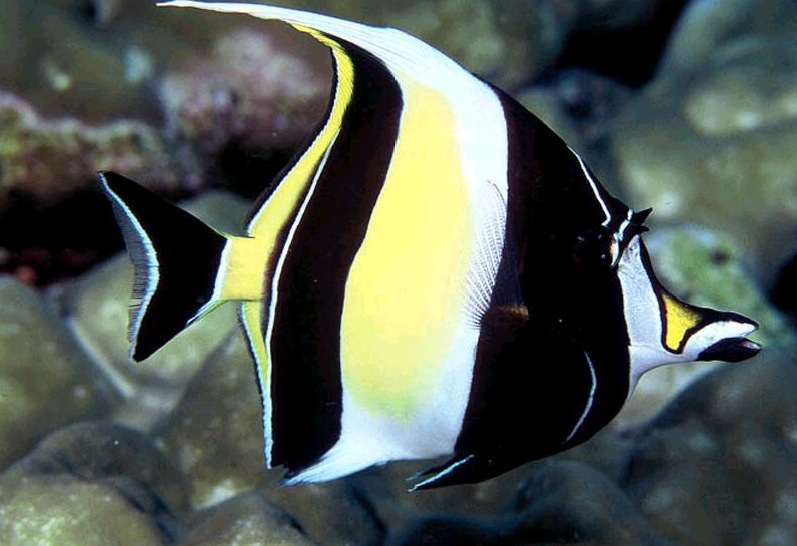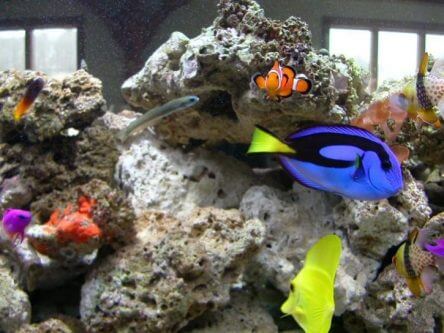

In the wild, they all form symbiotic mutualisms with sea anemones. Thirty species of clownfish are recognized: one in the genus Premnas, while the remaining are in the genus Amphiprion. Bubbles has the fewest lines of the Tank Gang along with Jacques. Clownfish or anemonefish are fishes from the subfamily Amphiprioninae in the family Pomacentridae.His father Marlin immediately sets out to. Ray arrives at the schoolyard where Nemo prepares to go to school. The song is not included in the soundtrack of Finding Nemo nor in the 2016 sequels soundtrack. Ray sings in Disney/Pixars 2003 animated film, Finding Nemo. The main character is Nemo, a young clownfish who is caught by humans. 'Lets Name the Species' is a song that Mr.
FINDING NEMO FISH TYPES AND NAMES MOVIE
During the credits, Bubbles notices some bubbles that appear at one end of the screen and chases after them. Finding Nemo is an animated movie for children. He eventually escapes with the rest of the tank fish into the ocean. He has a peculiar obsession over the bubbles that come out of a small treasure chest decoration in the fish tank hence his name.

As a tang fish, Bubbles is distantly related to Dory, which may explain his ditzy ideas." īubbles is a hyperactive yellow tang fish. Bubbles is nutty about the bubbles that rise up out of the treasure chest, and wants every one of them to be his, even though they all float away and disappear. He becomes obsessed with bubbles when Gill says he is proof that fish don't belong in a box-it does things to their minds. These tall, narrow-bodied fish are olive-coloured and have long spines on their dorsal fin."Bonkers Bubbles is a good example of what does happen to a fish if he is left alone too long in captivity. Finding Nemo’s Dory is not a John Dory, however. What might make things more confusing is that there is a species of fish living in Australian waters called a John Dory. There’s not exactly a shortage of regal blue tangs in the Coral Sea. Finding Dory on the Great Barrier ReefĪnd, of course, there’s an excellent chance of seeing a paracanthurus on the Great Barrier Reef. You’ll find regal blue tangs off the east coast of Africa, around the Philippines and Indonesia, and near Pacific nations such as Samoa. They go by several different names, including blue surgeonfish, hippo tang and flagtail surgeonfish. Clown fishes got their name from their striped patterns on the body that resembles a clown’s appearance. It’s a type of surgeonfish, and it largely lives in tropical waters around the Indian and Pacific Oceans. Fish 5 Finding Nemo Fish Species In Real Life WATCH: Sharks biting alligators, the most epic lion battles, and MUCH more. 1) CLOWN FISH (NEMO AND MARLIN) Nemo and marlin are the types of fish in finding nemo that belong to clown fish species. Finding Nemo featured the amazing world of marine life in such a creative way. Well, Dory from Finding Nemo is a paracanthurus – more commonly known as a regal blue tang. It features the following species: clownfish, regal blue tang, Moorish idol, great white shark, spotted eagle ray, and the great barracuda among over 50 fish species that appear in the 2003 animated film by Pixar Studios. Photo courtesy of /DaChavez Dory the paracanthurus, or regal blue tang But what type of fish is Dory? Dory is a regal blue tang. She is a blue fish with yellow on her tail and fins. Finding Nemo in real life has become a highlight of a Great Barrier Reef visit.ĭory, on the other hand, doesn’t get quire as much attention. If you take a Great Barrier Reef snorkelling tour from the likes of Cairns, Port Douglas or Airlie Beach, guides will be eager to point clownfish out. The main characters of the films are cartoon versions of fish living in Australian waters. Specifically, Finding Nemo was set on the Great Barrier Reef in Queensland, and in Sydney, New South Wales. The Disney film Finding Nemo was set on the east coast of Australia. This blue fish is better known as a regal blue tang and lives on Australia’s Great Barrier Reef.

Dory, the fish from Finding Nemo and Finding Dory, is a paracanthurus.


 0 kommentar(er)
0 kommentar(er)
